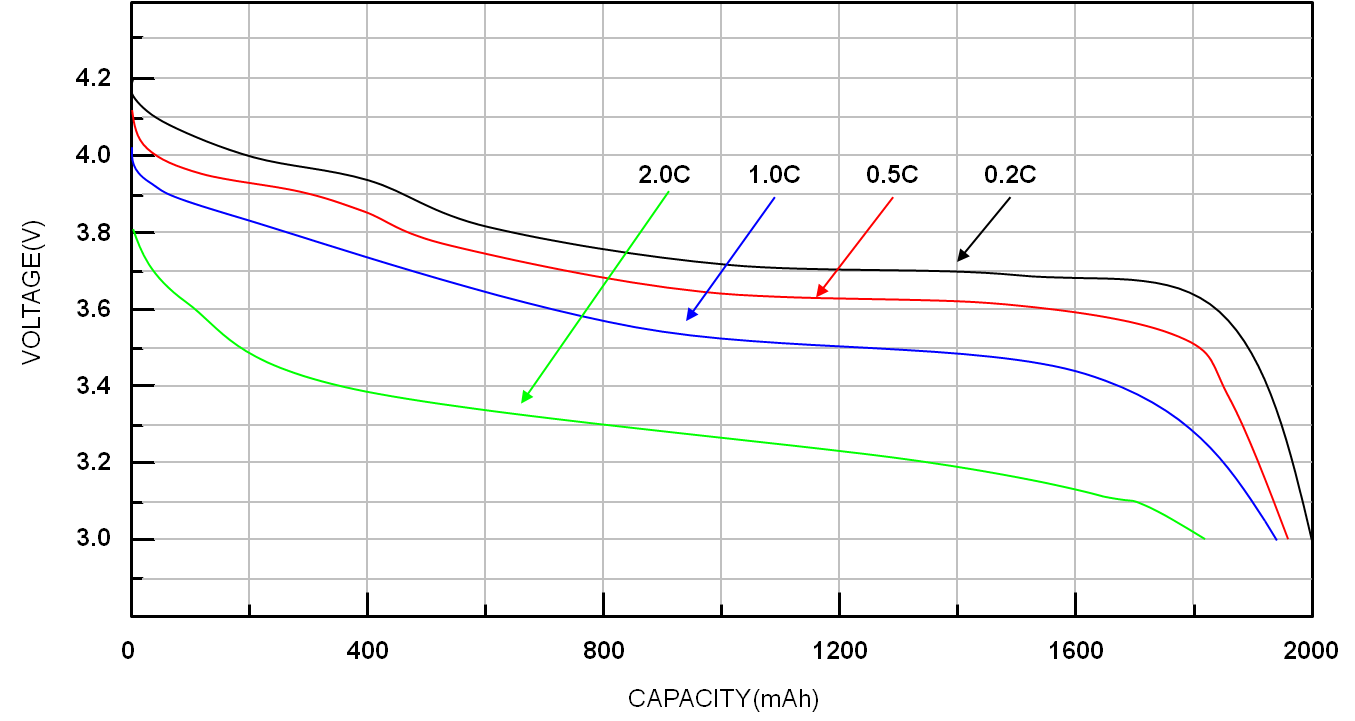Dan Robinson
Members
- Feb 13, 2022
- 1,140
- 1,454
Is there more context to the chart? I'm minded to think that with that kind of voltage drop temperature is playing a part due to pulling too much from the battery.
Happy to learn though.
Happy to learn though.



